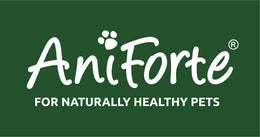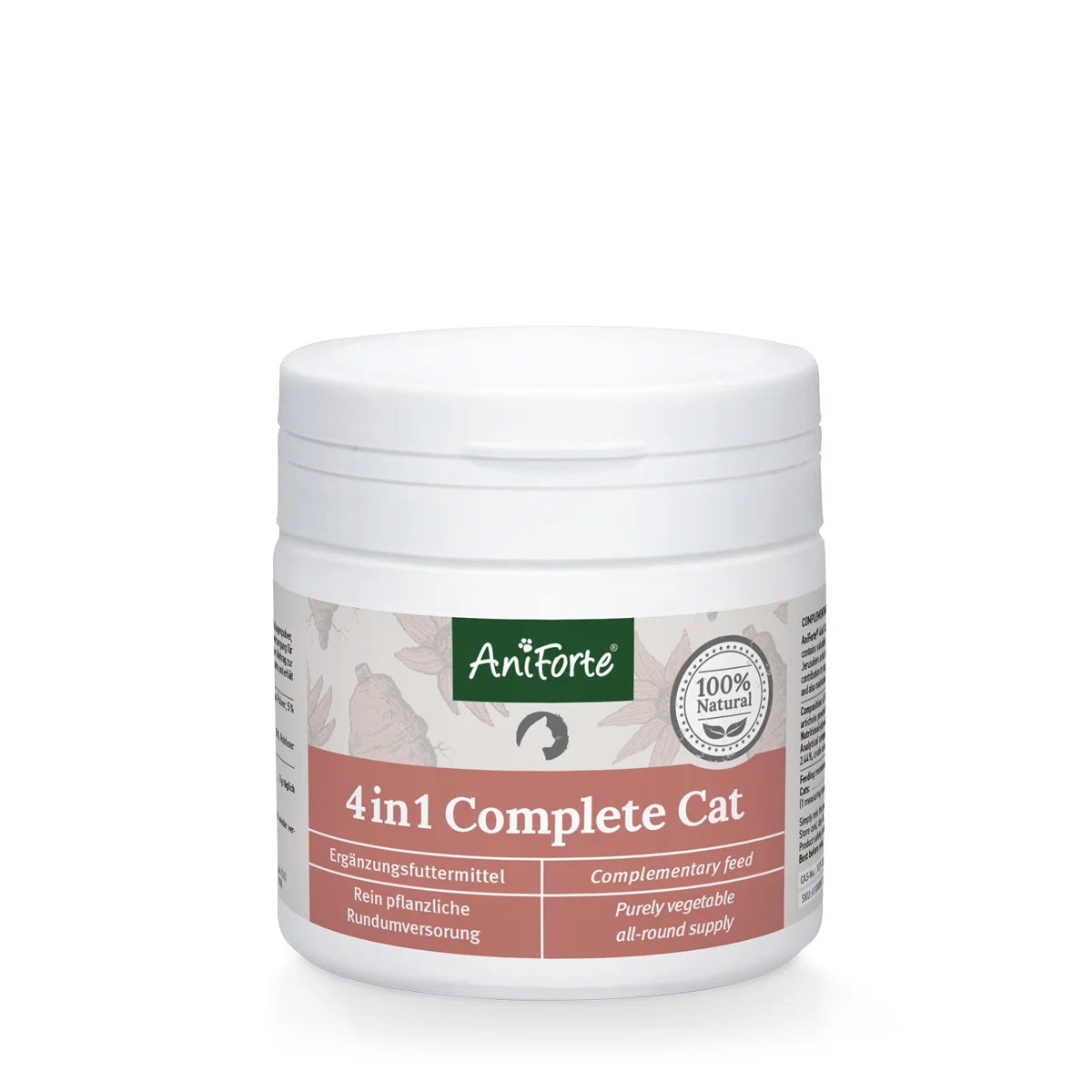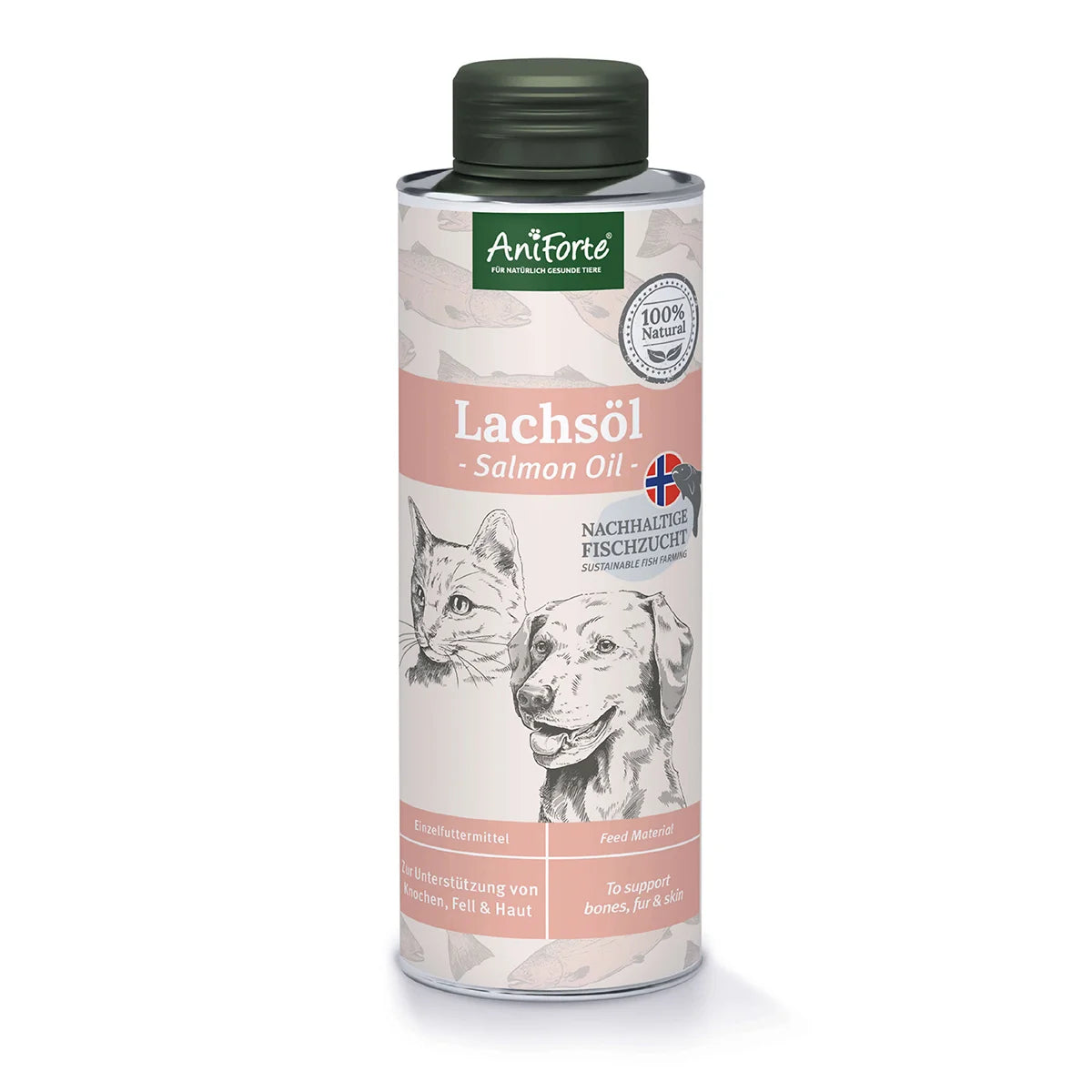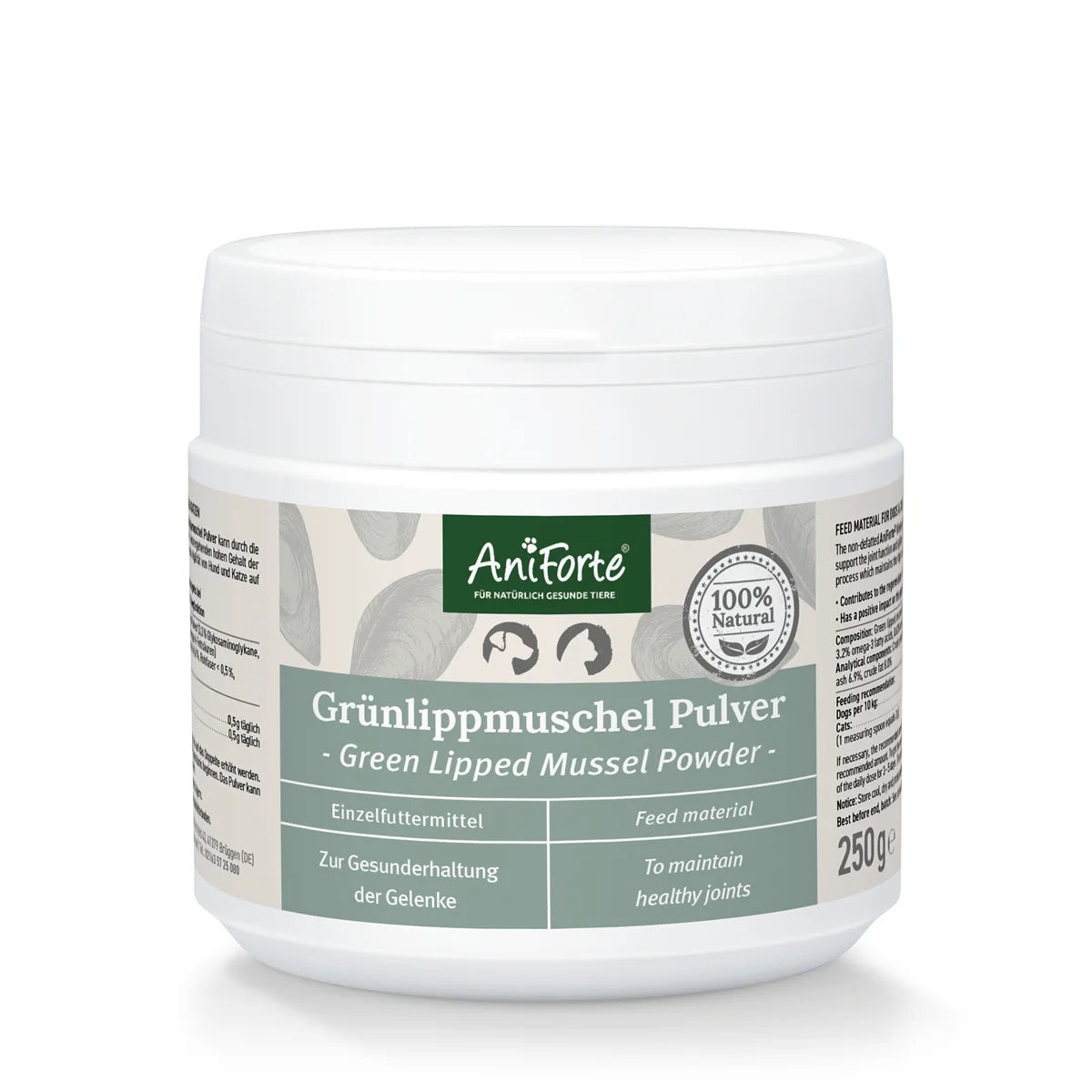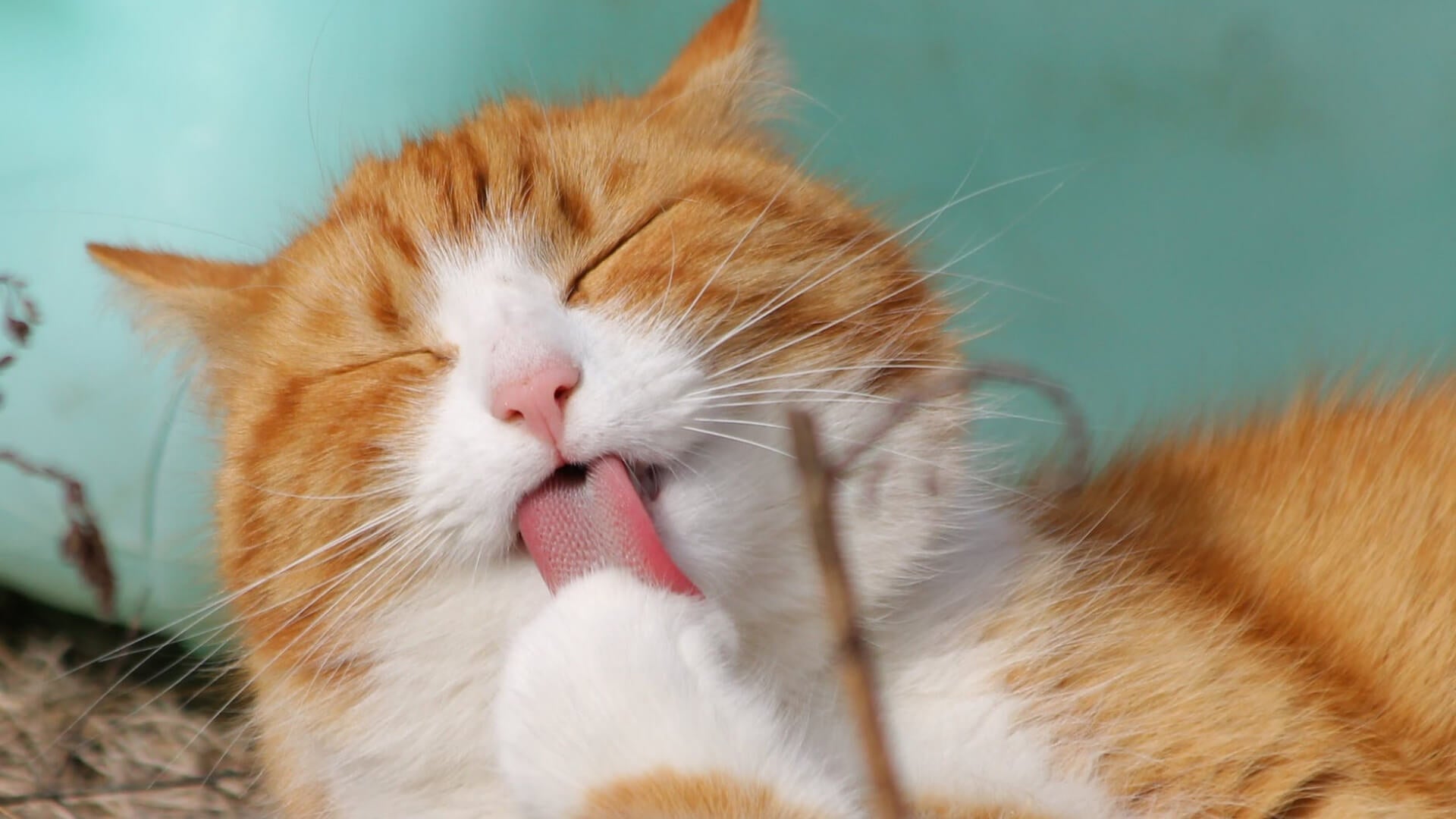
Tick bite - How to protect your pet
As soon as spring arrives, ticks start lurking everywhere. They are hiding in bushes, on trees and particularly in tall grasses, where they are patiently waiting until a suitable host comes along. A tick bite can be dangerous for animals as well as humans. Unfortunately, these tiny little pests are often carriers of many diseases, which they can transmit in just one small bite. Today we will explain to you in detail how to find the right protection against ticks.
What you need to know about ticks
Ticks are on the rise. Worldwide, their numbers are increasing and more and more species, which were formerly only known in the Mediterranean, are spreading throughout Northern Europe, including the UK. The reason for this trend is partially due to the European's love of travel and the growing opportunity to take their pets along. A few years ago, only one or two tick species were known to live this far north, but today there are seventeen different tick species.
All across the world there's a total of around 850 different tick species. These pesky parasites can climb up to 1.5 meters high and either fall onto a suitable host, or they sit in tall grasses to get swept up by passing potential hosts. They will then hold on and crawl deeper into the animal’s fur and a bite is imminent. The main trigger for ticks are the smell and body temperature of animals and humans. In domesticated animals, we mainly see ticks on dogs and cats, but also on horses.
The three developmental stages of ticks
Ticks can be found in three different stages of development: larvae, nymph and adult. To reach the next stage in its development, the parasite needs a meal. However, ticks are masters at starvation and they can survive for very long periods of time without any food. This is the result of several years of evolutionary changes in the species, which adapted well to poor feeding conditions. The tiny, light coloured larvae are not a threat, as they cannot pierce the tough skin of larger animals or humans. Nymphs are black and roughly the size of a pinhead and adults are just slightly bigger. Whenever we talk about ticks, we usually refer to the adult. Once this parasite has feasted on its host, it can reach the size of a pea, but there have also been reports of ticks that ballooned to the sizes of small grapes. The female, once it’s full, will drop off the host, lay thousands of eggs and then die. The remarkable fact about ticks is that they can survive for 99% of their entire life cycle without a host and that they can overwinter in all three of their development stages. This makes this parasite especially capable to survive.
Why are ticks so dangerous for pets?
Unfortunately, tick bites are not only a nuisance, but they can also become very dangerous, as these parasites are often the carriers of many infectious diseases, which they will transmit to the host when feeding. After the tick has bitten the host, the pathogens will reach the blood circulation of the host within 24 hours. The following illnesses and conditions can be transmitted by a tick bite:
- Lyme's Disease (bacterial infection)
- Anaplasmosis (anaplasms infect blood cells)
- Ehrlichiosis (disease caused by the bacteria Ehrlichia)
- Babesiosis (also known as dog malaria)
- Hepatozoonosis (disease caused by parasitic single-cell organisms of the genus Hepatozoon in dogs)
- TBE (tick-borne encephalitis)
All these illnesses and conditions, when caused by a tick bite, will show different symptoms. Often, these are flu-like symptoms combined with nausea and inflammation, for example in the joints. If after a tick bite your dog or cat shows any such symptoms, you should immediately see a vet or animal health practitioner, as any the situation can become very dangerous for your animal.
How can I protect my pets from tick bites?
Due to constantly spreading and growing numbers of ticks it is absolutely imperative to implement some kind of tick prophylaxis as soon as spring arrives. However, it is very important to know, that it is impossible to protect 100% against ticks. The reason is that each animal is different and will react differently to certain products. Another factor could be a change in smell, which is not always easily detectable or controllable. The good news is that there are several products and methods to almost completely avoid an infestation. Only in this way can you purposefully avoid tick bites.
From the tick removal tool to food supplements – here are your choices
Over the years, the market for tick prevention products has grown and as a pet owner there are several different options to choose from. Make sure that you pay close attention to what your pet can tolerate, and it is always advised to talk to your vet or animal health practitioner. Tick removal tools, tick collars, Spot-On products with natural and chemical ingredients (nerve poisons), tablets or capsules, food supplements or other natural applications – you have a wide choice in what’s right for your individual pet’s protection against tick bites. Please bear in mind that certain chemical ingredients may have side effects that can also harm your pets. These can cause skin irritations, itching, neurological disorders or gastro-intestinal problems. It is therefore extremely important to monitor your pet after you administer a product to see if they tolerate it well.
In cats, you should not use any products containing the active ingredients Permethrin and Imidacloprid, as these can be extremely poisonous for animals. It is very important NOT to apply any tick prevention products intended for dogs – on cats. The same caution should be applied to younger and new-born animals.
Natural tick protection: Several different options
In general, ticks are becoming increasingly resilient against chemical tick protection methods. For this reason, we recommend a natural alternative with no side effects. For the external application, you can use a natural spot-on or tick spray. These are plant-based and much gentler to the skin than chemical alternatives. Due to evaporation of the essential oils, these products should be applied daily. Please bear in mind that even though these products are 100% natural, every animal will react differently to them.
Apart from the obvious external application methods, there is also the option to support your animal internally with an internal supplement against ticks. Brewer's Yeast changes the scent of your pet. While humans are unable to detect the change, the tick will be repelled by this altered scent of your dog or cat and this could prevent your pet from getting bitten by a tick. Brewer’s yeast has the added bonus of being beneficial for the skin. A similar effect can be achieved when the animal ingests garlic, Cistus Incanus or black cumin seed oil, which also protect against tick bites.
What to do in the event of a tick bite?
Once you have found a tick bite on your dog, cat or horse, do the following:
- Remove the tick as soon as possible with a tick removal tool, a special hook or tweezers
- When you remove the tick, make sure that the tool is as close to the head of the tick an as near to the animal’s skin as possible
- Do not squeeze the tick, to prevent a transmission of bodily fluids from the tick to your pet.
- Pull out the tick gently, in a controlled twisting motion
- If the tick’s head remains stuck in the skin, your animal will shed it within the next few days, as it is not technically the head, but a part of the proboscis (“drinking trunk”)
- Keep an eye on the bite location for several days and watch out for reddening, swelling etc.
Since ticks don’t necessarily bite the host immediately after they have landed on the animal, they are often traveling in the pet's fur. It is therefore important to check your pet for ticks after a walk or play in grasses and also when they have been laying under trees or bushes. Ticks like to hide on your dog or cat particularly in the area of the head, chest, neck and armpits, so check these areas thoroughly.
